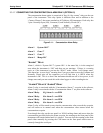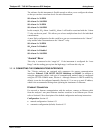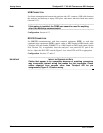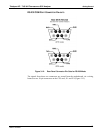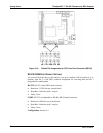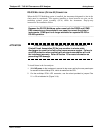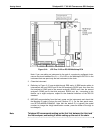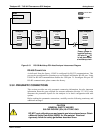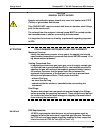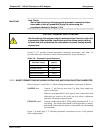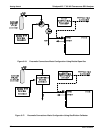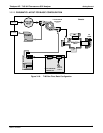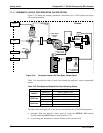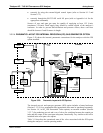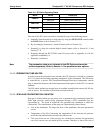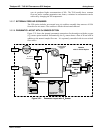
Getting Started Teledyne API - T100 UV Fluorescence SO2 Analyzer
58
CAUTION
GENERAL SAFETY HAZARD
Sample and calibration gases should only come into contact with PTFE
(Teflon) or glass tubes and fixtures.
They SHOULD NOT come in contact with brass or stainless steel fittings
prior to the reaction cell.
The exhaust from the analyzer’s internal pump MUST be vented outside
the immediate area or shelter surrounding the instrument.
It is important to conform to all safety requirements regarding exposure
to SO2.
ATTENTION
COULD DAMAGE INSTRUMENT AND VOID WARRANTY
Maximum Pressure:
Ideally the maximum pressure of any gas at the sample inlet should
equal ambient atmospheric pressure and should NEVER exceed 1.5 in-
hg above ambient pressure.
Venting Pressurized Gas:
In applications where any gas (span gas, zero air supply, sample gas
is) received from a pressurized manifold, a vent must be provided to
equalize the gas with ambient atmospheric pressure before it enters
the analyzer to ensure that the gases input do not exceed the
maximum inlet pressure of the analyzer, as well as to prevent back
diffusion and pressure effects. These vents should be:
• at least 0.2m long
• no more than 2m long
• vented outside the shelter or immediate area surrounding the
instrument.
Dust Plugs:
Remove dust plugs from rear panel exhaust and supply line fittings
before powering on/operating instrument. These plugs should be kept
for reuse in the event of future storage or shipping to prevent debris
from entering the pneumatics.
IMPORTANT
EPA Requirements:
US EPA requirements state that zero air and span gases must be
supplied at twice the instrument’s specified gas flow rate. Therefore,
the T100 zero and span gases should be supplied to their respective
inlets in excess of 1300 cc
3
/min (650 cc
3
/min. x 2).
06807C DCN6650



